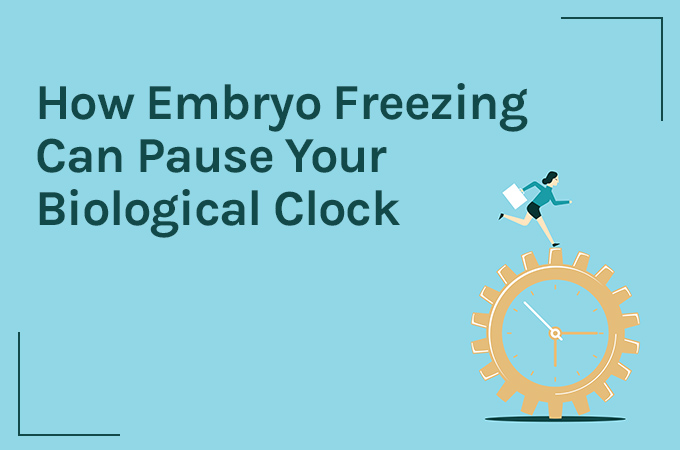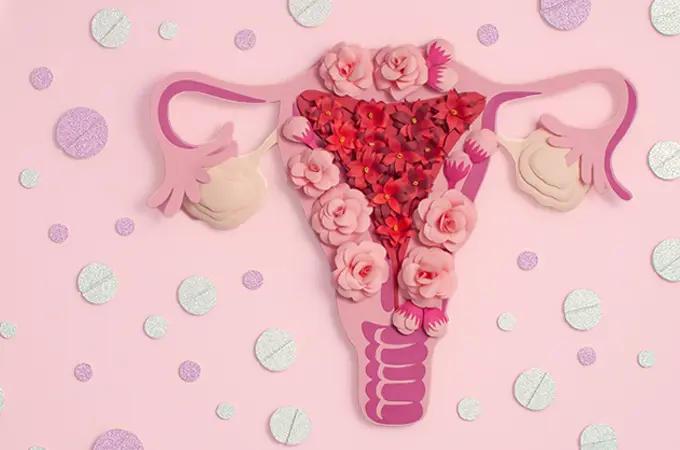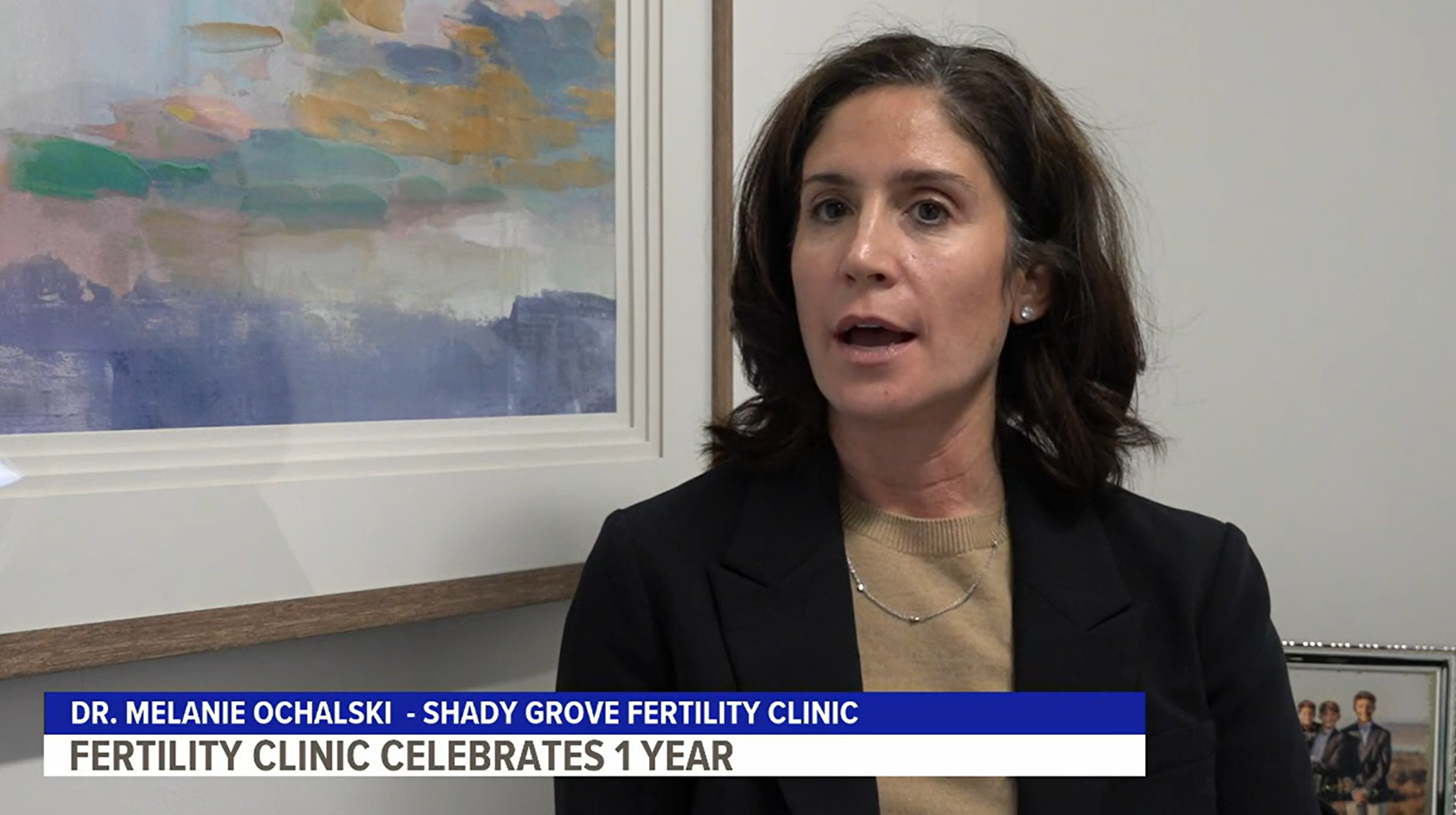Egg freezing is one way to protect yourself against the ticking biological clock, but there’s another way that can extend the chance of pregnancy while also saving you time and money. Enter: frozen embryo transfers. SGF physician Dr. Lauren Roth tells Parents Magazine how egg freezing is different from frozen embryo transfers (FETs) and how the process works. Dr. Roth sees patients in SGF’s Frederick and Rockville, Maryland offices.
What’s the Difference between Egg Freezing and Frozen Embryo Transfers?
What differentiates egg freezing and frozen embryo transfers has to do with fertilization. When a woman decides to freeze her eggs for reasons often related to education, career, or relationship status, she doesn’t need a partner to participate in the process. When she’s ready to have kids, however, she’ll undergo in vitro fertilization (IVF) in which the sperm, provided either by a partner or a sperm donor, will fertilize the thawed egg.
Frozen embryos, on the other hand, have already been fertilized before they’re frozen. After being inseminated, the embryo goes through a process called cryopreservation, which replaces the water in the cell with cryoprotectant. This keeps it safe during vitrification, where the embryo is frozen and then stored in liquid nitrogen until a woman is ready to become pregnant.
Frozen embryo transfers are a compatible option for women who already intend on using IVF treatment to conceive. “If a couple is having their first child through in vitro fertilization (IVF), they may decide to create multiple embryos. They can freeze and save some of these embryos for later cycles,” says Dr. Roth. Women also have more control over their pregnancy, as they can select the day of their transfer months in advance, which will then be used to determine their cycle initiation date.
Understanding How Embryo Freezing Works
Similar to egg freezing, a woman will need to undergo the egg retrieval first. This requires the woman to take hormone injections for around 8 to 10 days before the egg retrieval to stimulate the growth of multiple mature eggs, according to Dr. Roth. The egg retrieval is a short surgical procedure, lasting up to 30 minutes and uses mild anesthesia to keep the woman from feeling or remembering anything.
Once the eggs have been retrieved, they are fertilized during in vitro fertilization and can be transferred fresh, or frozen when the woman is ready. The number of embryos viable for freezing depends on the couple and often the woman’s age. “More embryos become blastocysts when the female is under 35 years old—usually about 50% of embryos. This number is a little lower in older couples,” says Dr. Roth.
There are also options available if the woman decides against using her frozen embryos. She can either discard them, donate them for research purposes, or donate them anonymously to another woman or couple.
Patient Story: Carly Thompson
SGF patient Carly Thompson shared her experience and how frozen embryo transfer changed her perspective on age. “It did feel like the ticking clock stopped, and I didn’t feel rushed anymore. I knew I would never have to worry about getting older, or how that would affect the quality of my eggs.”
Carly used a fresh embryo transfer for her first child and then frozen embryo transfers for her two other kids. “It was a remarkable thing—I went from having no control over my fertility to having complete control over how many kids I could have and when I could have them,” says Carly.
To learn more or to schedule an appointment with Dr. Lauren Roth or another SGF physician, please call our New Patient Center at 877-971-7755 or fill out this brief form.






